Understanding Digital Printing Technology
Digital printing is revolutionizing how we think about putting images and text onto various surfaces. It’s a versatile method that transfers digital images directly from a computer onto media, like paper, fabric, or even plastic, using advanced ink printing techniques. This not only makes it quick and cost-effective but also environmentally friendlier than traditional methods.
- Key Benefits of Digital Printing:
- No need for printing plates, making it faster
- Perfect for small batches and customization
- High-quality output with vivid colors
- Traditional methods like screen printing can’t match the detail and consistency
This printing technology can adapt to rapidly changing needs, offering perfect prints whether it’s a single item or a large batch. Users have turned to it for its ability to handle high variability in products—from custom t-shirts to personalized packaging. As the technology continues to evolve, it promises even greater efficiency and creative freedom for industries worldwide.

What is Digital Printing?
Digital printing is a method that transforms digital images into printed materials using electronic files. Unlike traditional printing, it doesn’t require plates, making it a more efficient and flexible option for various printing needs.
Digital-Based Image
In digital printing, the process begins with a digital image. This image can be anything from a detailed photograph to a simple graphic design. The digital file is then sent directly to the printer, which interprets the data and applies it to the chosen media. This direct approach eliminates many of the steps involved in traditional printing, such as creating physical plates or screens.
Media
Digital printing can be used on a wide range of media, including paper, fabric, plastic, and even metal. This versatility allows businesses and individuals to print everything from marketing materials to custom clothing. The choice of media affects the type of printer and ink used, ensuring the best results for each specific application.
CMYK Color
Color plays a crucial role in digital printing, and the CMYK color model is the standard used. CMYK stands for Cyan, Magenta, Yellow, and Key (Black). These four colors are combined in various ways to produce a full spectrum of colors, allowing for vibrant and detailed prints. The precision of digital printing ensures that colors are consistent and true to the original digital image.
Inkjet Printers
Inkjet printers are among the most common types of digital printers. They work by spraying tiny droplets of ink directly onto the media. This method is ideal for producing high-quality images and is widely used for printing photos, posters, and other graphic-heavy materials. Inkjet printers are known for their ability to handle a broad range of media types and sizes.
Laser Printers
Laser printers use a different technology, where a laser beam projects an image onto a drum. The drum then attracts toner particles, which are fused onto the media with heat. Laser printers are often used for text-heavy documents because they produce sharp and clear prints quickly. They are also more cost-effective for high-volume printing compared to inkjet printers.
Digital printing combines these advanced technologies to offer a flexible, high-quality printing solution. Whether using inkjet or laser printers, the results are consistently impressive, making digital printing a preferred choice for both personal and professional projects.
Types of Digital Printing
When it comes to digital printing, there are several methods, each with unique characteristics and benefits. Let’s explore some of the most common types:
Inkjet Printing
Inkjet printers are widely used in both homes and businesses. They work by spraying tiny droplets of ink onto the media. This method is excellent for producing high-quality images with vibrant colors. Inkjet printers can handle a variety of media types, making them versatile for everything from photos to banners.
Laser Printing
Laser printers use a laser beam to project an image onto a drum, which then attracts toner particles. These particles are fused onto the media using heat. Laser printing is known for its speed and precision, making it ideal for text-heavy documents. It is also cost-effective for large print runs, as it uses toner instead of liquid ink.
Solid Ink Printing
Solid ink printers use a waxy, resin-polymer ink that is melted and applied to the media. This type of printing is often used for larger-scale operations, such as creating vibrant advertisements. Solid ink printing produces long-lasting images with striking colors, making it a favorite among graphic designers.
Dye Sublimation
Dye sublimation is a popular method for printing on fabrics and other textiles. It involves transferring dye onto the media using heat. This process allows for high-quality, durable prints that are resistant to fading. Dye sublimation is commonly used for custom t-shirts, mugs, and other merchandise.
Digital Press
A digital press is perfect for high-volume orders like brochures, booklets, and business cards. It combines the benefits of digital printing with the ability to handle large print runs efficiently. Digital presses offer quick turnaround times and are ideal for projects that require consistent quality across many copies.
These diverse methods of digital printing offer flexibility and efficiency, catering to a wide range of printing needs. Whether you’re printing a photo book or a promotional banner, there’s a digital printing method that can deliver high-quality results.
Digital Printing Process
Digital printing revolutionizes the way we think about printing. Unlike traditional methods, it doesn’t need printing plates. This makes the process faster and more flexible. Imagine skipping the hassle of plates and jumping straight to printing your design directly onto your chosen media. It’s as simple as clicking ‘print’ on your computer.
Quick Turnaround
One of the biggest perks of digital printing is its speed. No plates mean less setup time, which leads to a quicker turnaround. Need a last-minute batch of flyers for an event? Digital printing has you covered. You can go from design to finished product in a fraction of the time it would take with traditional methods.
Eco-Friendly
When sustainability matters, digital printing stands out as an eco-friendly choice. Traditional printing often involves multiple steps, each consuming energy and resources. Digital printing skips many of these steps, reducing waste and energy use. It’s a greener option that aligns with the push for more environmentally friendly practices.
High-Quality Output
When it comes to quality, digital printing doesn’t disappoint. The technology allows for high-resolution images with vibrant colors and crisp details. Whether you’re printing a detailed photograph or a colorful poster, the results are impressive. The precision of digital printing ensures that what you see on your screen is what you get on paper.
So, whether you’re prioritizing speed, sustainability, or quality, digital printing has it all. It’s a modern solution that caters to the diverse needs of today’s printing projects, offering a seamless blend of efficiency and excellence.
Applications of Digital Printing
Digital printing has transformed many industries with its versatility and efficiency. Let’s explore some of its key applications:
Desktop Publishing
Remember when printing at home was a hassle? Digital printing changed that. Now, anyone can print high-quality documents right from their desktop. This technology eliminates the need for expensive printing plates, making it affordable for home and small business use. Whether it’s a school project or a business proposal, digital printing makes it easy and accessible.
Commercial Stationery
Businesses benefit greatly from digital printing for their stationery needs. Think business cards, letterheads, and envelopes. Digital printing enables companies to produce these items quickly and with a professional finish. Plus, it’s easy to update designs or information, ensuring your brand always looks fresh and current.
Variable Data Printing
Variable data printing is a powerful tool for personalization. By using database-driven print files, businesses can customize materials for each recipient. Imagine sending out thousands of personalized letters or direct mail pieces, each with unique names and details. It’s a game-changer for marketing campaigns, allowing for a personal touch at scale.
Fine Art
Artists and photographers are embracing digital printing for its ability to produce high-quality, archival prints. Techniques like giclée printing use pigment-based inks on fine art paper, ensuring vibrant colors and longevity. This method allows artists to reproduce their work with remarkable accuracy, making fine art accessible to a broader audience.
Print on Demand
Print on demand is perfect for personalized products, such as children’s books with a kid’s name or custom photo albums. There’s no need to print large quantities upfront. Instead, items are printed as they are ordered, reducing waste and inventory costs. This flexibility is ideal for small businesses and creatives launching unique products.
Advertising
In advertising, digital printing is often used for creating eye-catching banners, signage, and posters. Its quick setup and ability to handle large formats make it ideal for marketing materials. Whether it’s an outdoor banner or a point-of-sale display, digital printing delivers vibrant graphics that capture attention.
Photos
Digital printing has revolutionized photo printing. With the ability to retouch and color-correct images, photographers can ensure their prints look exactly as intended. The high resolution and color accuracy of digital prints make them a favorite choice for both amateurs and professionals.
Architectural Design
In architecture, digital printing offers innovative solutions for interior and exterior design. Custom wall murals and floor graphics can transform spaces with unique designs. The ability to print on various materials and surfaces opens up endless possibilities for creative expression in architectural projects.
Digital printing is more than just a modern convenience; it’s a versatile tool that supports creativity and efficiency across diverse fields. Its applications are numerous and continually expanding, making it an essential technology for both personal and professional use.
Digital Printing vs. Traditional Printing
When it comes to printing, the choice often boils down to digital printing versus traditional methods like offset printing. Each has its own strengths, but digital printing is increasingly becoming the preferred choice for many due to its unique advantages.
Offset Printing
Offset printing has been a staple in the industry for decades. It uses plates to transfer images onto a rubber sheet, which then rolls the image onto paper. This method is excellent for large print runs, especially when you need consistent color and quality. It’s often the go-to for high-volume jobs like newspapers, magazines, and large-scale marketing materials.
However, offset printing requires significant setup time and cost, particularly for creating the plates. This makes it less economical for smaller print runs or projects requiring frequent changes.
Cost-Effectiveness
Digital printing shines in cost-effectiveness, particularly for short-run jobs. There’s no need for plates, which means lower initial setup costs. This makes digital printing ideal for small businesses or individuals who need fewer copies. Whether you’re printing a handful of brochures or a short-run book, digital printing offers a budget-friendly solution without compromising quality.
Flexibility
Flexibility is another area where digital printing excels. Need to make quick changes to your design? No problem. Digital printing allows for easy updates and modifications, making it a versatile choice for projects that require frequent revisions or personalization. This is perfect for marketing campaigns where different versions are needed for different audiences.
Short-Run Advantages
For short-run projects, digital printing is best. It eliminates the need for large minimum orders, so you can print exactly what you need when you need it. This reduces waste and storage costs, making it an environmentally friendly option. Plus, with the speed of digital printing, you can have your materials ready in no time, which is crucial for tight deadlines.
In summary, while offset printing remains valuable for large-scale projects, digital printing offers significant advantages in terms of cost, flexibility, and efficiency for smaller runs. It’s these benefits that are driving more businesses and individuals to choose digital solutions for their printing needs.
Frequently Asked Questions about Digital Printing
What is meant by digital printing?
Digital printing is a modern method of printing where a digital-based image is directly transferred onto various media, such as paper, fabric, or even objects like mugs and bags. Unlike traditional methods, it doesn’t require printing plates. Instead, it uses digital files, making the process quick and efficient.
What are examples of digital printing?
You might encounter digital printing in everyday items like full-color brochures, personalized marketing literature, or even custom books. It’s especially popular for creating vibrant, detailed images with precision. For instance, a company might use digital printing to produce eye-catching business cards or to print a limited edition of a book with intricate illustrations.
What is the difference between digital printing and traditional printing?
The primary difference lies in the process. Traditional printing, like offset printing, uses plates to transfer images, which can be time-consuming and costly, especially for small batches. In contrast, digital printing allows for quick changes and eliminates the need for plates. This makes it ideal for short runs and projects that require frequent updates or personalization. Plus, digital printing supports a wide range of materials and offers high-quality output with minimal setup.
Conclusion
Advanced Business Solutions is at the forefront of embracing digital printing technology. Our managed IT services and copier leasing solutions are designed to improve productivity and streamline your business operations.
Why Choose Us?
Our expertise in printing systems and document management sets us apart. We offer flexible leasing terms that adapt to your needs and ensure automatic supply restocking. This means less downtime and more focus on what matters most—growing your business.
Digital printing is revolutionizing the way businesses operate. It offers quick turnaround times and eco-friendly benefits, all while maintaining high-quality output. Whether you’re producing marketing materials or custom stationery, digital printing provides the flexibility and cost-effectiveness you need.
By choosing us, you’re not just opting for a service—you’re investing in a partnership that prioritizes your success. Let’s transform your printing needs into a seamless, efficient process. Visit our Managed Print Services page to learn more about how we can help lift your business.




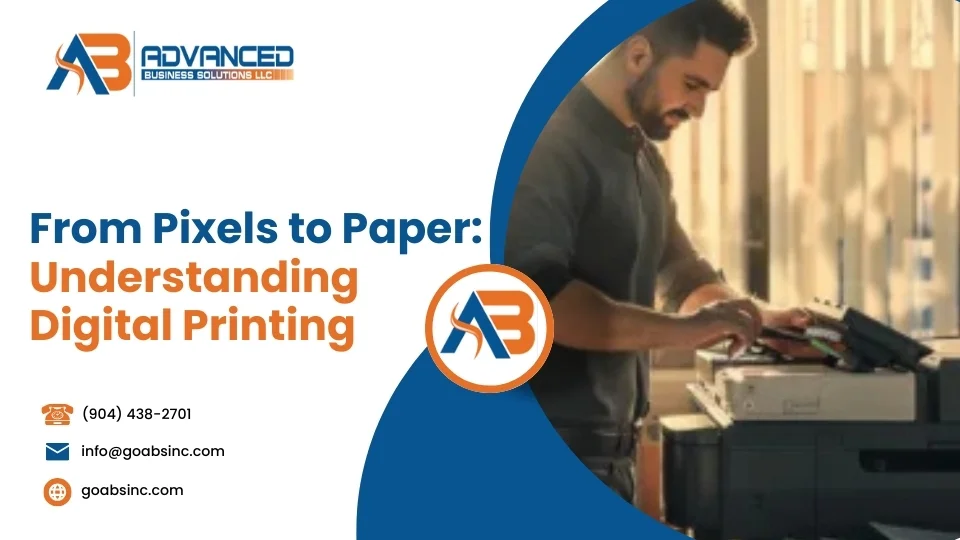
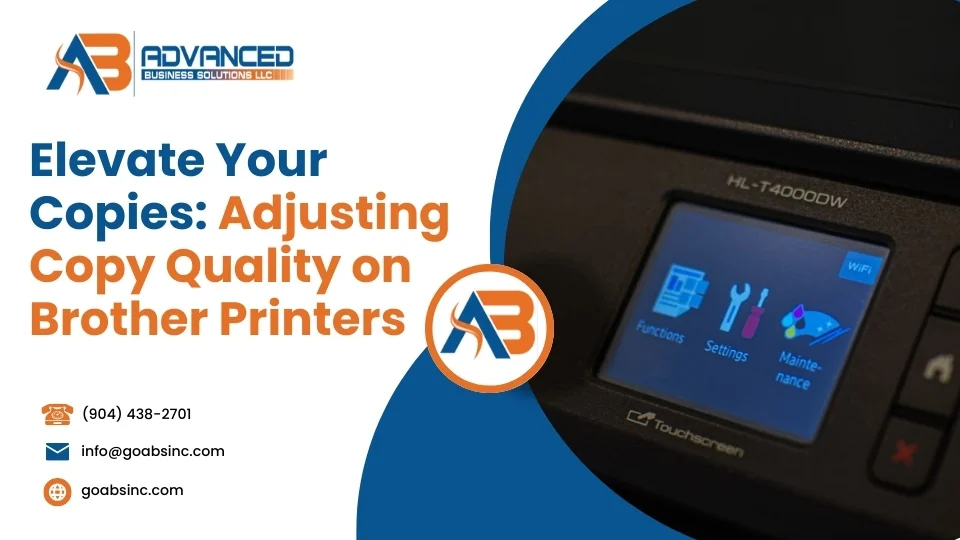
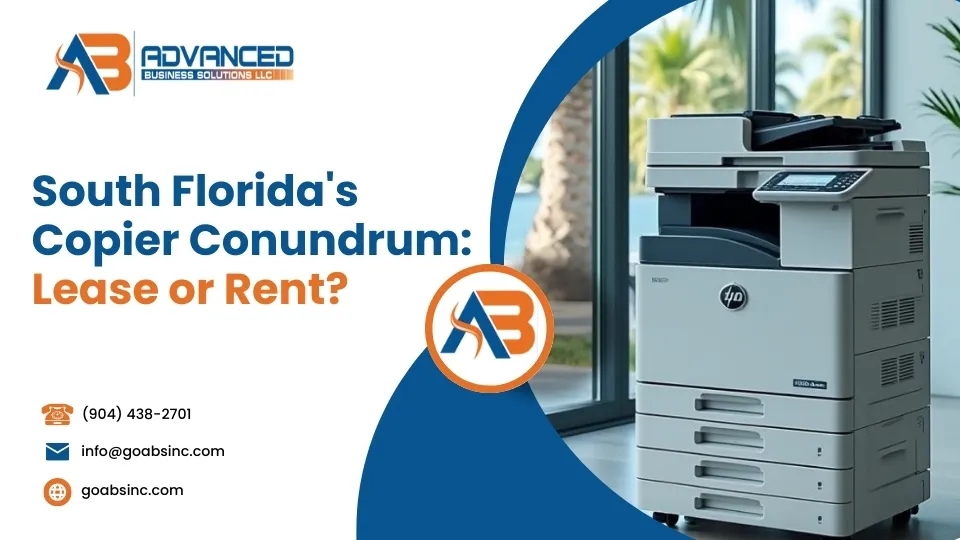


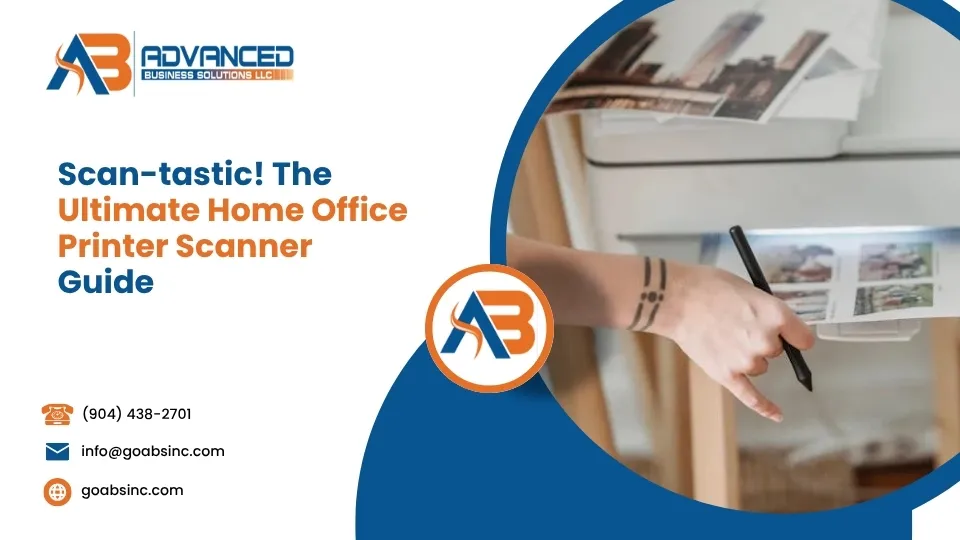
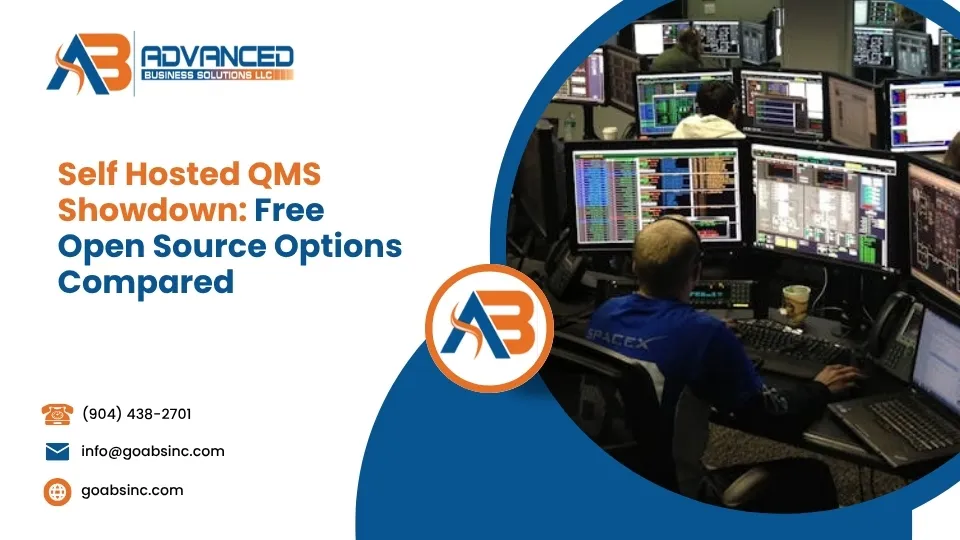
Comments are closed